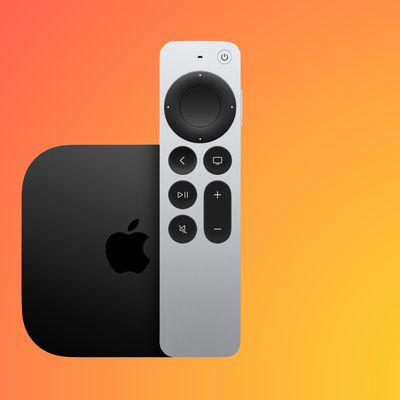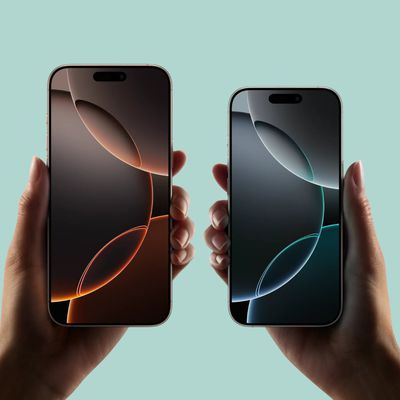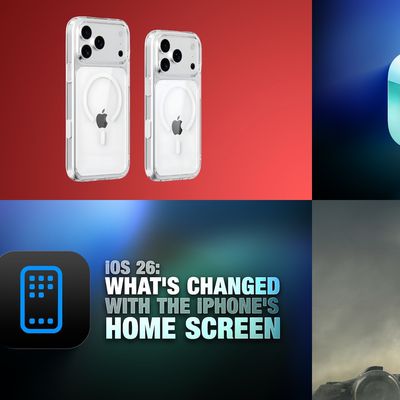More Claims of Apple Using Qualcomm's Snapdragon Chips for Lower-Cost iPhone
Earlier this year, analysts from Detwiler Fenton claimed that Apple's rumored lower-cost iPhone would use a Snapdragon chip from Qualcomm rather than one of Apple's own A-series chips, arguing that the ability to integrate Bluetooth and Wi-Fi directly into the main chip would allow Apple to save on costs.
China Times (spotted and translated by Japanese blog Mac Otakara) now cites an unnamed source making the same claim. The report says that TSMC has been contracted to produce the Snapdragon chip using its 28-nanometer process.

The report also suggests that another cost-saving measure for the low-cost handset would be to offer 3G only, rather than LTE. There are separate versions of Snapdragon with 3G and LTE, giving Apple the option of either mobile data technology. From a Google translation of the original China Times article:
Supply Chain Industry revealed that Apple's low-cost iPhone uses a Qualcomm Snapdragon single-chip, initially only support 3G without support for 4G LTE single-chip native support for WiFi and Bluetooth wireless networking capability, so do not need to increase the wireless network mode group. Of this chip commissioned TSMC foundry to 28 nm.
As we noted when this rumor surfaced the last time, Apple would seem much more likely to simply use older generations of its existing chip lineup in a cheaper iPhone in order to save on costs, and reliable KGI Securities analyst Ming-Chi Kuo has said that Apple will do exactly that by using the current A6 chip in the lower-cost iPhone while moving on to a more powerful A7 chip in the iPhone 5S.
Popular Stories
A new Apple TV is expected to be released later this year, and a handful of new features and changes have been rumored for the device.
Below, we recap what to expect from the next Apple TV, according to rumors.
Rumors
Faster Wi-Fi Support
The next Apple TV will be equipped with Apple's own combined Wi-Fi and Bluetooth chip, according to Bloomberg's Mark Gurman. He said the chip supports ...
Apple will launch its new iPhone 17 series in two months, and the iPhone 17 Pro models are expected to get a new design for the rear casing and the camera area. But more significant changes to the lineup are not expected until next year, when the iPhone 18 models arrive.
If you're thinking of trading in your iPhone for this year's latest, consider the following features rumored to be coming...
Apple's next-generation iPhone 17 Pro and iPhone 17 Pro Max are only two months away, and there are plenty of rumors about the devices.
Below, we recap key changes rumored for the iPhone 17 Pro models.
Latest Rumors
These rumors surfaced in June and July:A redesigned Dynamic Island: It has been rumored that all iPhone 17 models will have a redesigned Dynamic Island interface — it might ...
The long wait for an Apple Watch Ultra 3 is nearly over, and a handful of new features and changes have been rumored for the device.
Below, we recap what to expect from the Apple Watch Ultra 3:Satellite connectivity for sending and receiving text messages when Wi-Fi and cellular coverage is unavailable
5G support, up from LTE on the Apple Watch Ultra 2
Likely a wide-angle OLED display that ...
iPhone 17 Pro and iPhone 17 Pro Max models with displays made by BOE will be sold exclusively in China, according to a new report.
Last week, it emerged that Chinese display manufacturer BOE was aggressively ramping up its OLED production capacity for future iPhone models as part of a plan to recapture a major role in Apple's supply chain.
Now, tech news aggregator Jukan Choi reports...
The iOS 26 public beta release is quickly approaching, while developers have recently gotten their hands on a third round of betas that has seen Apple continue to tweak features, design, and functionality.
We're also continuing to hear rumors about the iPhone 17 lineup that is now just about right around the corner, while Apple's latest big-budget film appears to be taking off, so read on...





















